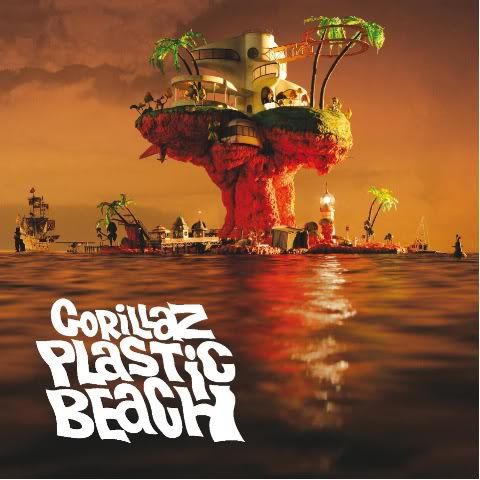It is rare that a book strikes me to this degree. “The Thirteenth Tale” by Diane Setterfield is a love letter to the power of story. Cornelia Funke covered the love of books with her Inkheart trilogy for children, adding a measure of magic by the concept of ‘Silvertongues’ – readers who could bring books to life. Even in Holly Black’s short story “Paper beats Scissors,” there draws hints of a supernatural power of parallel even more beautiful – people who could insert objects into the plots of a written story and affect the reactions of familiar characters to take on different paths.
But, Oh! “The Thirteenth Tale” has no claims of magic, only natural madness. It features Vida Winter, a best selling novelist who never tells the truth of her own life. She compares writing to compost – her past and ideas are left alone until the two decompose and enrich the mental soil, wherefrom grows a new novel. Ms. Winter’s ancestry is novel worthy in itself – its macabre darkness befits a gothic era’s nightmare. Layered tales, told by an experienced writer as written through the lens of the author’s first published work. It is a formula that is new and fresh in execution as well as old in feel and familiarity. I, the reader, am captivated by the plotting and wisdom spoken – the lines spoken are a delight to experience and delicious in description.
Yes! Yes! It makes me want to write – this is a glory and honor, a playground of possibilities. Like new wine in old wineskins, the ecstasy of “storyness” overflows off the page and into my mind. I, too, long to create and inhabit my own world. There is a problem raised in all this though – how far down the rabbit hole (Alice in Wonderland, Lewis Carroll) before I reach a Point of No Return (Andrew Lloyd Webber, Phantom of the Opera)? How far will my dreams (Inception, Christopher Nolan) fall before my perception of fantasy and reality becomes warped and unrealistic? Is madness forgivable if it provides a roller coaster ride between Delirium and Despair? (Sandman, Neil Gaiman).
So many characters, so many filters through which to see our environments. “The Thirteenth Tale” moves me to question, to life, to want more. One of my private paradox wishes is for a Book that never has an End. (Not the Neverending Story, that is silly talk), but isn’t that like a dim reflection of a life – it can be so beautiful, so fragile, so complacent. Sometimes we need a story to put our lives into context and perspective. I think about the end of the C.S. Lewis’s novel “Till We have Faces” in which the girl who had narrated the bulk of the book is brought to trial before the Greek pantheon whom she had blamed for most of her life’s guilt and problems. She becomes ashamed when her accusations are spoken aloud – they ring of childlike complaints and foolishness. She loses heart and counts her life’s purpose as squandered. Yet, Lewis doesn’t leave us with her despair, he allows one of her companions in life to write an epitaph to her life. Her friend honors the protagonist in a genuine belief that she made a difference on her time on earth. However, she was so focused on her failures that she didn’t see all the people whose lives touched hers and were made better.
At this time of the year, it is appropriately cliché to say this is truly “A wonderful life” after all. However, it doesn’t make it any less true.





